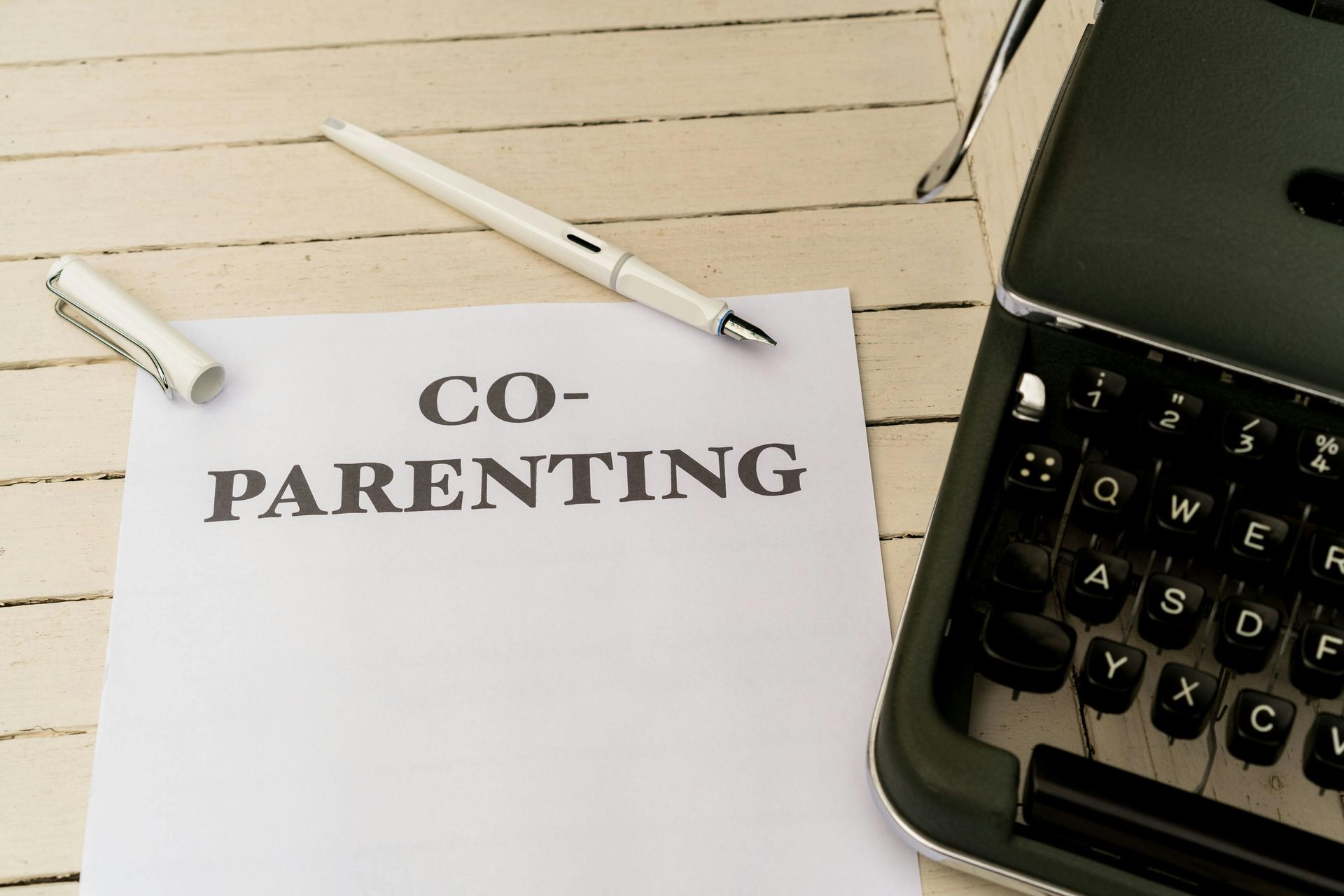The Stages of Divorce: Navigating Both the Emotional and Legal Journey
Divorce is never an easy decision. It’s one of life’s most challenging transitions, affecting not only your relationship but also your identity, finances, and family dynamics. While no two divorces look exactly the same, most people go through common emotional stages and legal steps during the process.
Understanding what to expect—both emotionally and legally—can help you feel more prepared and less overwhelmed as you navigate this major life change.
---
The Emotional Stages of Divorce
Divorce is not just a legal matter; it’s also an emotional journey. Psychologists often compare it to the stages of grief, as it involves mourning the loss of a marriage and the future you once envisioned. These stages may not happen in a neat order, and you may cycle through them more than once.
1. Denial
In the beginning, many people struggle to accept that their marriage is truly ending. They may hold out hope that things will improve or that their spouse will change. Denial serves as a coping mechanism, softening the initial shock.
Common signs:
· Avoiding conversations about divorce.
· Holding onto memories of better times.
· Minimizing problems in the relationship.
2. Anger
As the reality sinks in, anger often emerges. This anger may be directed at your spouse, yourself, or even the situation as a whole. While uncomfortable, anger can be an important part of processing your emotions.
Common signs:
· Feeling resentment about betrayal, broken trust, or unmet expectations.
· Arguing frequently with your spouse.
· Blaming yourself or others for the marriage breakdown.
3. Bargaining
In this stage, individuals may try to salvage the relationship or negotiate emotionally to avoid divorce. Bargaining often involves “if only” thinking—believing that certain changes could fix everything.
Common signs:
· Promising to change certain behaviors.
· Asking your spouse to reconsider separation.
· Replaying scenarios in your head where things could have gone differently.
4. Depression
Divorce brings with it a sense of loss—not only of a partner but also of shared dreams, financial stability, and family structure. Sadness, loneliness, and even hopelessness can dominate this stage.
Common signs:
· Withdrawing from friends and social activities.
· Struggling with sleep or appetite.
· Feeling overwhelmed by the future.
5. Acceptance
Eventually, most people reach acceptance, where they acknowledge the end of the marriage and begin to look forward to a new chapter. Acceptance doesn’t mean the pain disappears, but it does signal readiness to rebuild and move forward.
Common signs:
· Developing new routines.
· Finding joy in hobbies, work, or relationships again.
· Looking at the future with optimism rather than fear.
---
The Legal Stages of Divorce
Alongside the emotional journey, there’s the legal process, which can vary depending on your location, circumstances, and whether the divorce is contested or uncontested. Below are the key legal stages most people go through.
1. Deciding to File for Divorce
The process begins when one or both spouses decide that the marriage cannot continue. In some cases, couples may separate first, living apart before making the divorce official.
At this stage, it’s wise to consult with a family lawyer to understand your rights, responsibilities, and options.
2. Filing the Petition
The spouse initiating the divorce (the petitioner) files a legal petition or application with the court. This document usually includes:
· Grounds for divorce (such as irretrievable breakdown of the marriage).
· Requests for custody, support, and division of assets.
The petition is then served to the other spouse (the respondent), who must respond within a set time frame.
3. Temporary Orders
During the divorce process, temporary court orders may be issued to manage pressing issues such as:
· Child custody and visitation schedules.
· Spousal or child support.
· Who remains in the family home.
These orders remain in effect until the divorce is finalized.
4. Discovery and Financial Disclosure
Both parties must provide full financial disclosure, including:
· Income and tax records.
· Assets and debts.
· Retirement accounts and investments.
This stage ensures that property division, support, and other financial matters are based on accurate information.
5. Negotiation and Settlement
Most divorces are resolved through negotiation rather than trial. The spouses (often through lawyers or mediators) work out agreements regarding:
· Division of property and debts.
· Parenting arrangements and custody.
· Support obligations.
If both parties agree, the settlement is submitted to the court for approval.
6. Trial (if necessary)
If no agreement can be reached, the divorce goes to trial. A judge will hear evidence and make decisions on contested issues. Trials can be lengthy, expensive, and emotionally draining, which is why settlement is often preferable.
7. Final Judgment and Divorce Decree
Once agreements are reached or a judge has made rulings, the court issues a final judgment or divorce decree. This legally ends the marriage and outlines the terms of the settlement, including custody, support, and property division.
---
Balancing the Emotional and Legal Stages
One of the hardest parts of divorce is that the emotional and legal stages often overlap. For example, while you may be in the anger stage emotionally, you may also need to calmly negotiate a parenting plan legally. This can feel overwhelming.
Here are a few strategies to help balance both sides of the process:
· Seek professional support: A therapist can help you work through emotions, while a lawyer can guide you through the legal system.
· Stay organized: Keep financial documents, court papers, and agreements in one place to reduce stress.
· Separate emotions from decisions: Try to avoid letting anger or sadness dictate legal choices that will affect your future.
· Focus on the long-term: While divorce is painful, the goal is to create a stable, healthy future for yourself (and your children, if you have them).
---
Moving Forward
Divorce is a process of both ending and beginning. Emotionally, it means letting go of the past and gradually healing. Legally, it means navigating a structured system to fairly divide assets, establish custody, and finalize the separation.
By understanding the stages you may face on both levels, you can approach divorce with greater clarity, resilience, and confidence. With the right support systems—friends, family, professionals—you can move from a place of loss to one of growth and opportunity.
---
Conclusion
Divorce is more than a legal event—it’s an emotional journey marked by grief, adjustment, and eventually, acceptance. Legally, it involves structured steps that must be followed to ensure fairness and compliance with the law.
While the process may feel overwhelming, remember: you are not alone. Millions of people have navigated these same stages and emerged stronger. By preparing yourself emotionally and legally, you can move forward with dignity and build a brighter future beyond divorce.
More Family Law Blogs
by Anne Harvey









